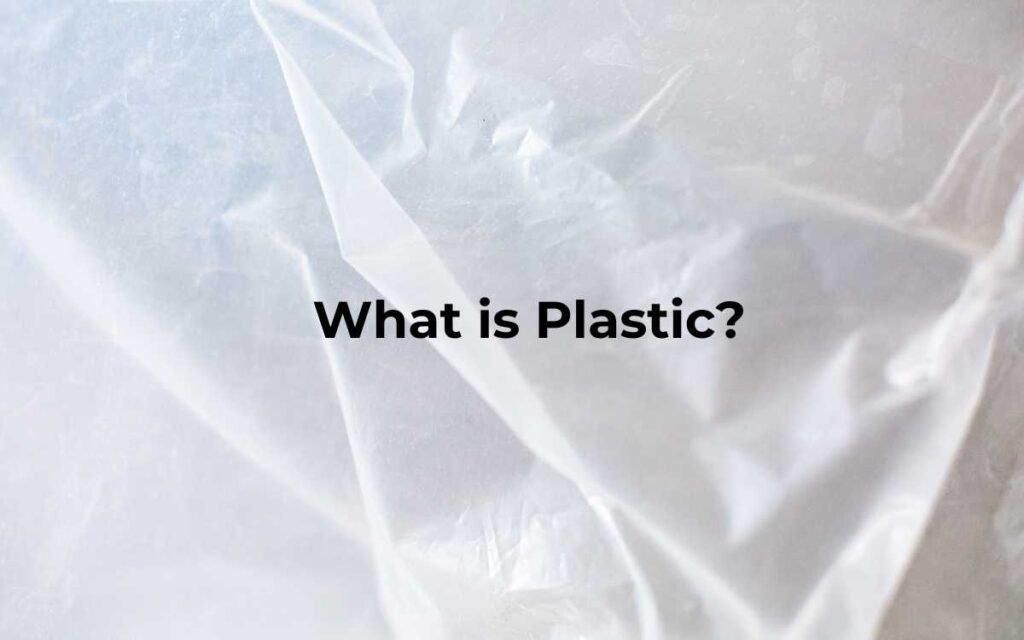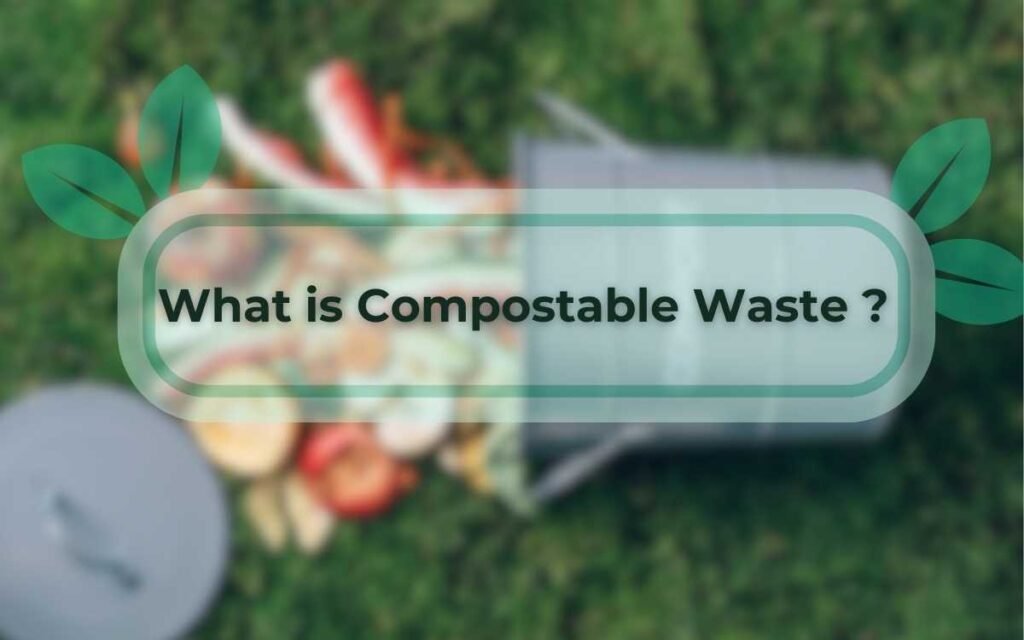
Introduction
When you hear “silicone,” do you think of plastic? Many people do, and it’s a common misconception. While silicone and plastic might seem similar, they are distinct materials with unique properties. This blog will explore silicone and plastic. We’ll look at their differences and if silicone is better than plastic for various uses.
What is Silicone?

Silicone is a synthetic polymer made up of silicon, oxygen, carbon, and hydrogen. It’s known for its unique properties, including:
- Heat Resistance: Silicone can withstand extreme temperatures. This makes it ideal for kitchenware and bakeware.
- Flexibility: Silicone is highly flexible and can be molded into various shapes.
- Durability: It’s resistant to wear and tear, lasting longer than many other materials.
Common Uses of Silicone
Silicone is widely used in various industries due to its versatility. Some common applications include:
- Kitchenware: Silicone spatulas, baking mats, and ice cube trays.
- Electronics: Insulating components and waterproof seals.
- Personal Care: Silicone-based hair and skin products.
What is Plastic?

Plastic is a broad term for a group of synthetic materials made from polymers. These materials are derived from petrochemicals and can be molded into different shapes when heated. There are several types of plastics, including:
- Polyethylene (PE): Used in packaging and containers.
- Polypropylene (PP): Found in automotive parts and textiles.
- Polyvinyl Chloride (PVC): Commonly used in pipes and medical devices.
Manufacturing Process of Plastic
Plastic production involves polymerization. In it, small molecules (monomers) are chemically bonded to form long chains (polymers). This process can vary depending on the type of plastic being produced.
Environmental Concerns
Plastics are notorious for their environmental impact. Key issues include:
- Non-Biodegradability: Most plastics take hundreds of years to decompose.
- Pollution: Plastic waste contributes significantly to land and ocean pollution.
- Resource Depletion: Plastic production relies on finite petrochemical resources.
Silicone vs. Plastic: Key Differences

To help you, we’ve made a comparison table. It shows the key properties of silicone and plastic.
Flexibility
- Silicone: Extremely flexible, allowing it to be bent and molded without damage. Ideal for products that require pliability.
- Plastic: Flexibility varies widely. Some plastics are rigid (e.g., PVC), while others are flexible (e.g., LDPE).
Durability
- Silicone: Highly durable with resistance to tearing, scratching, and other forms of wear. Often lasts longer than plastic.
- Plastic: Durability can vary. Many plastics can become brittle and degrade over time, especially when exposed to UV light or extreme temperatures.
Heat Resistance
- Silicone: It resists heat well. So, it suits high-temp uses, like baking mats and oven mitts. Stays stable up to 250°C (482°F).
- Plastic: Heat resistance varies by type. For example, polyethylene (PE) melts at around 115°C (239°F), which limits its use in high-temperature environments.
Environmental Impact
- Silicone: Generally considered more environmentally friendly compared to plastic. It is durable and reduces the frequency of replacements, though recycling options are limited.
- Plastic: Major environmental concerns due to its non-biodegradability and contribution to pollution. Plastic waste accumulates in landfills and oceans, causing long-term ecological damage.
Recyclability
- Silicone: Recycling options are limited and not widely available. Some specialized facilities can recycle silicone, but it’s not as common.
- Plastic: Many plastics are recyclable, with well-established systems for collection and processing. However, recycling rates and effectiveness vary by type and region.
Is Silicone Better Than Plastic?

Whether silicone is better than plastic depends on several factors. These include the product type, its use, personal preferences, and environmental concerns. Let’s break down the pros and cons of each material:
Pros and Cons of Silicone
Pros:
- Heat Resistant: Silicone can withstand high temperatures. It won’t degrade. So, it’s ideal for kitchenware like baking mats and spatulas. It remains stable up to 250°C (482°F) (Silicone Engineering).
- Flexible and Durable: Its flexibility allows it to be molded into various shapes without breaking or losing its integrity. It’s durable and resistant to wear and tear.
- Lower Environmental Impact: Silicone is more durable than plastic. It lasts longer, so it needs replacing less often. This could reduce waste. Additionally, some silicone products are made from recycled materials.
Cons:
- Limited Recyclability: While silicone is durable, it can be difficult to recycle. Many recycling programs do not accept silicone due to the complexity of the material (Eco Warrior Princess).
- Can Be More Expensive: Silicone products are often pricier than plastic. This is due to the cost of raw materials and manufacturing.
Pros and Cons of Plastic
Pros:
- Versatile with Many Types and Uses: Plastic can be made in many forms. It can be tailored for uses from packaging to automotive parts. Its adaptability makes it a popular choice in numerous industries (PlasticsEurope).
- Cheaper to Produce: Plastic is usually cheaper to make than silicone. So, it is a cost-effective option for many products.
- Widely Recyclable: Many types of plastic can be recycled, which helps in reducing waste. Recycling rates vary by type and location, but overall, plastic recycling is well-established (EPA).
Cons:
- Environmental Pollution and Non-Biodegradability: Plastic pollution is a major issue. Plastics take hundreds of years to decompose. This contributes to land and ocean pollution (UNEP).
- Potential Health Concerns: Some plastics, such as those containing BPA, can pose health risks. BPA has been linked to various health issues, including hormonal disruptions (CDC).
Making the Decision

When choosing between silicone and plastic, consider the following factors:
- Product Type: For heat-intensive uses, silicone is generally preferable. For rigid or structural applications, plastic might be more suitable.
- Intended Use: Think about the durability, flexibility, and temperature requirements of the product.
- Personal Preferences: If you care about the environment and want durability, choose silicone. If cost and versatility are more important, plastic could be the better option.
- Environmental Impact: If reducing waste is a priority, silicone may be a better choice. It has a lower environmental impact, despite its limited recyclability.
Bottom Line
In summary, while silicone and plastic may seem similar at first glance, they have distinct properties and uses. Silicone is not plastic. Knowing the differences can help you make better choices for your home and lifestyle. Silicone is heat-resistant and durable. But, plastic is versatile and recyclable. So, it is a staple in many uses.
For further reading, check resources on sustainable materials and product impacts.






